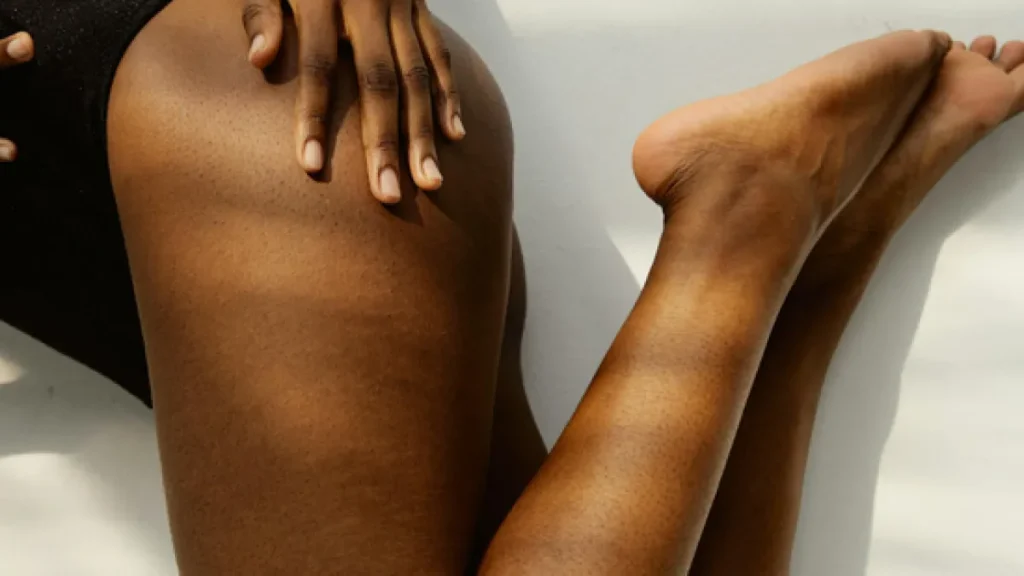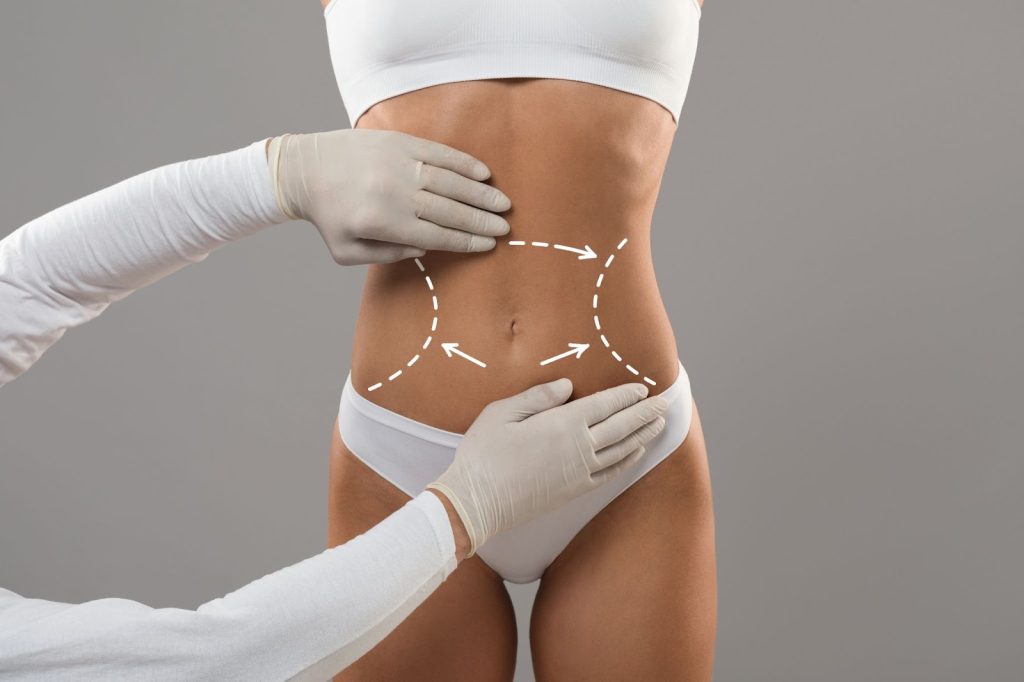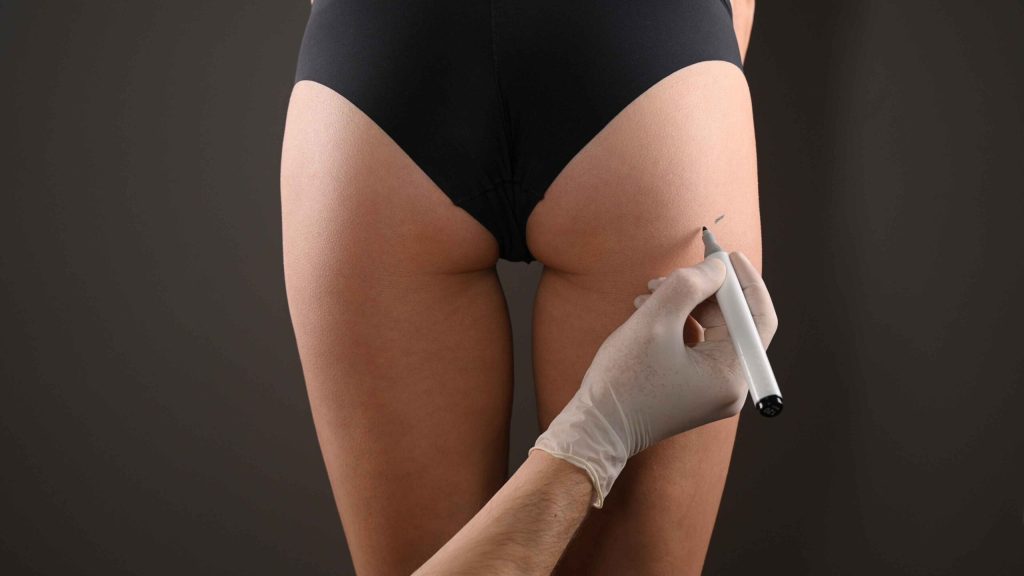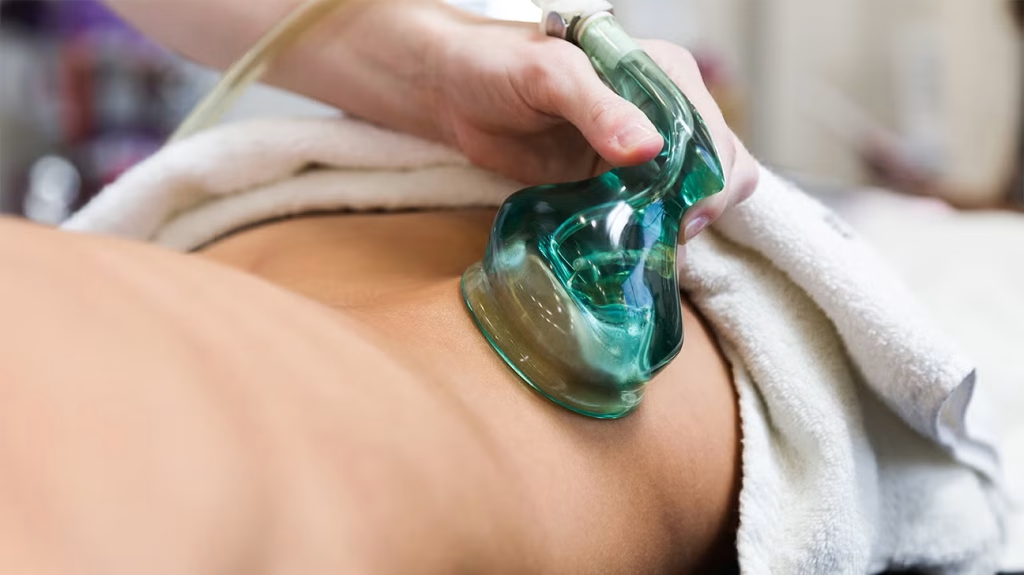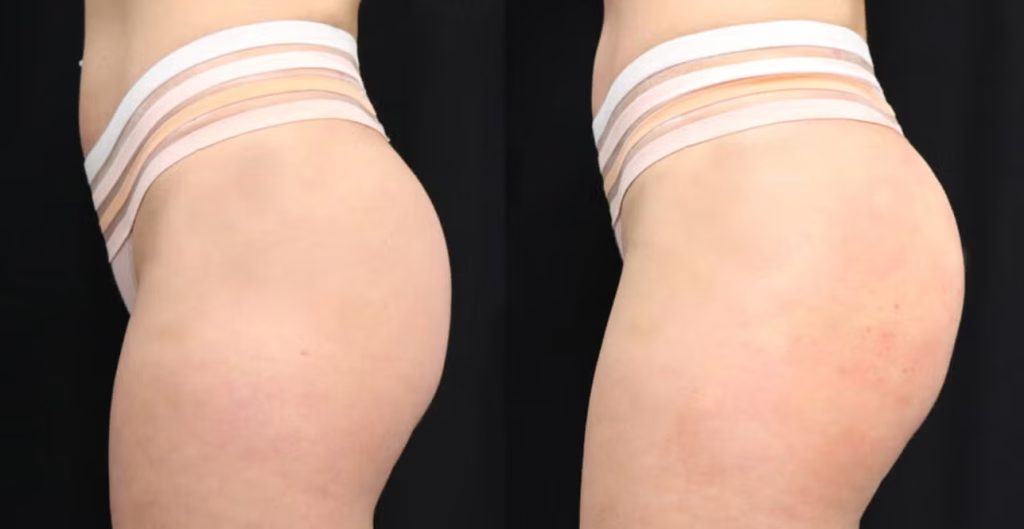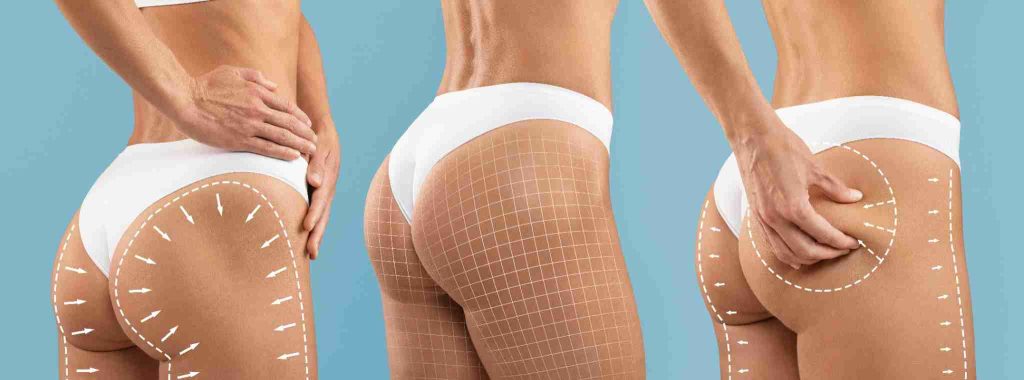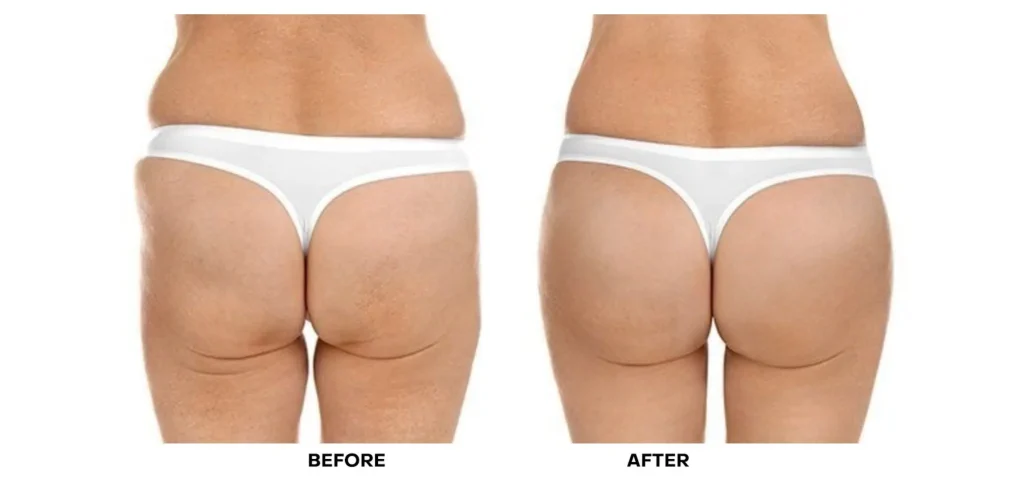Discover the Secret to
Perfect Curves with Buttock Lift
A buttock lift is an increasingly popular cosmetic procedure that aims to improve the shape and contour of the buttocks. This surgery can significantly improve your overall silhouette, providing a boost of confidence and a more youthful appearance. In addition, a buttock lift can correct sagging and improve skin texture, making it a comprehensive solution for those seeking aesthetic enhancement.



What Does a Hip Lift Involve?
A buttock lift, also known as gluteoplasty, is a surgical procedure that involves the removal of excess skin and fat in the buttock area. The primary goal is to lift and tighten the skin, thus achieving a firmer and more contoured appearance. In some cases, this procedure is combined with liposuction or fat grafting to achieve the desired results. According to the Journal of Plastic, Reconstructive & Aesthetic Surgery, combining a buttock lift with liposuction can provide more natural-looking results by improving overall contour and symmetry.
Procedure and Converter Benefits
The surgery typically takes about two to three hours and is performed under general anesthesia. During the procedure, the surgeon makes incisions along the natural curves of the buttocks to minimize visible scarring. Excess skin and fat are removed and the remaining skin is lifted and sutured in place. The result is a smoother, more youthful appearance that enhances the natural curves of your body.
Who is suitable for this procedure?
Ideal candidates for a buttock lift are individuals who are in good general health and have realistic expectations about the results. Most candidates have experienced significant weight loss or have sagging skin due to aging. The Journal of Aesthetic Surgery states that individuals who remain at a stable weight for at least six months prior to surgery are more likely to achieve optimal results.
Details of the Recovery Process
Recovery after a hip lift requires careful adherence to postoperative instructions to ensure optimal healing. Most patients experience swelling and bruising for the first few weeks, but these symptoms gradually subside. It is very important to avoid sitting directly on your buttocks for the first few weeks to avoid complications. Sleeping on your stomach or on your side can help relieve pressure on the surgical site.
Is there a risk?
As with any surgical procedure, a hip lift carries some risks, although they are relatively rare. The American Society of Plastic Surgeons emphasizes the importance of choosing a board-certified surgeon to ensure safety and effectiveness. A study published in the Journal of Clinical and Aesthetic Dermatology emphasizes the importance of postoperative care to reduce the risk of complications and achieve satisfactory results.
The right choice brings success
Choosing the right surgeon is crucial to achieve the best possible results from your hip lift surgery. It is important to choose a surgeon with extensive experience in performing gluteoplasty. During your consultation, ask about the surgeon’s qualifications, view before and after photos of previous patients and discuss your expectations and concerns. This comprehensive approach will help you feel confident in your decision and have a successful surgery.




Trust in Professional Expertise
It is very important that you trust your surgeon and feel comfortable discussing your goals and expectations. Open communication and a strong patient-provider relationship are key to a successful outcome. By choosing a skilled and compassionate surgeon, you can look forward to a positive experience and excellent results. The American Society of Plastic Surgeons emphasizes that a buttock lift can also improve the overall harmony of your body contours. According to the American Academy of Dermatology, maintaining a stable weight and a healthy lifestyle can prolong the results of the surgery.
Contents
Nutrition Tips to Help With Healing and Retention
Good nutrition supports the body’s natural repair cycles by supplying steady energy, tissue-building nutrients and gentle anti-inflammatory support, helping people maintain comfort and protect long-term surgical outcomes after a buttock[…]
Read moreHow to Reduce Swelling and Bruising Post-Surgery
Swelling and bruising after a buttock lift often appear during the early stages of recovery because the body reacts to surgical manipulation with natural inflammation, and understanding how long these[…]
Read morePreparing Emotionally for Body Contouring Surgery
Have you ever noticed how emotions start shifting even before a major decision is made? Many patients share stories about feeling excitement one moment and worry the next, especially when[…]
Read moreAre the Results of a Non-Surgical Butt Lift Temporary?
Before scheduling a nonsurgical butt-lift, you instinctively question longevity of sculpted, Brazilianstyle, confidence-boosting, dramatically-enhanced contours. Maybe you have seen social media photos that promise overnight curves. Or perhaps you already[…]
Read moreHow to Maintain Your Buttock Lift Results
A Brazilian Butt Lift (BBL) is a dual-component surgical procedure: it involves the removal of unwanted fat through liposuction, often strategically employed to contour the waist and back, and the[…]
Read moreThe Science Behind Vacuum Butt Therapy Treatments
The contemporary pursuit of non-surgical gluteal contouring has led to the proliferation of various body treatments, one of the most widely utilized being vacuum butt therapy, often referred to as[…]
Read moreWhat Is Sculptra Buttock Lift and How Does It Work?
The conversation around aesthetic body refinement has dramatically shifted in recent years, moving away from purely surgical interventions toward a landscape dominated by sophisticated, minimally invasive options. At the forefront[…]
Read moreTips for a Smooth Recovery After Butt Lift
The period immediately following a Brazilian Butt Lift (BBL) is arguably the most determinative phase for the final aesthetic outcome, surpassing even the surgical skill itself. The initial 72 hours[…]
Read moreIs a Non-Invasive Butt Lift Really Effective for Firmness?
The desire for a fuller, more contoured gluteal region has historically driven demand for surgical interventions, primarily the Brazilian Butt Lift (BBL). However, the associated risks, recovery time, and permanence[…]
Read more
